Submitted:
19 March 2023
Posted:
20 March 2023
Read the latest preprint version here
Abstract
Keywords:
1. Introduction
- The method generates superconductivity without refrigeration and without pressures;
- Its critical current is sufficiently high;
- It does not require specific substances or the mounting of specific setups; and
- The mechanism of this new type of superconductivity is explained in terms of condensed matter physics.
- The critical current density is much larger. This fact is important when considering practical applications. In PNS, the critical current was less than 10 μA, which prevents it from being used in practical applications; however, the critical current of the present superconductivity is estimated to be 2.8 × 1010 A. This value will pose no problems for practical applications.
- It is clear that the mechanism is the Meissner effect. In PNS, we knew that the superconductor discharged a current as a result of the application of static magnetic fields. However, the details of that mechanism were not clear. In the present study, we were able to derive the concrete London equation and identify the mechanism as the Meissner effect. A key point is that the sample in an experiment discharges a current to release the additional energy derived from the magnetic field energy.
- Numerical simulations result in clear superconductivity. In PNS, we could not establish a simulation method; however, the present superconductivity system implies a pure electrical circuit, which enabled us to employ simulation software for electrical circuit calculations (e.g., the PSIM software) by introducing an equivalent circuit. The use of this simulation method enabled us to investigate this system via various approaches.
2. Principle
2.1. Review of Voltage and Current Sources

2.2. Principle
- The generating current from the voltage source is zero because of the infinite resistance of the current source. Therefore, this source generates only the voltage V.
- For the current source, because of the balance of the two voltages of the voltage source and the load, the voltage between the taps of the current source becomes zero. Therefore, this source supplies only the current I to the load.
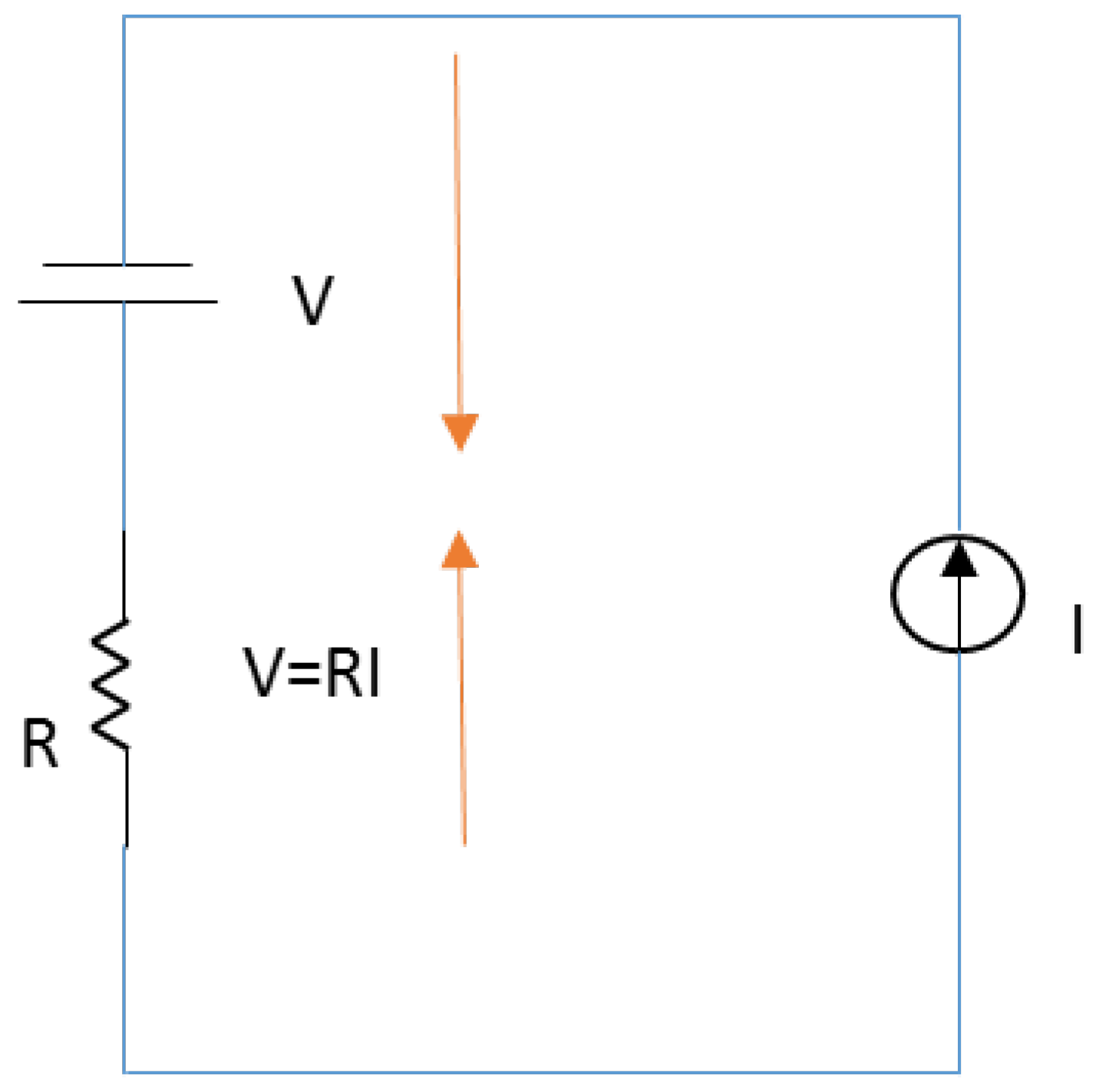
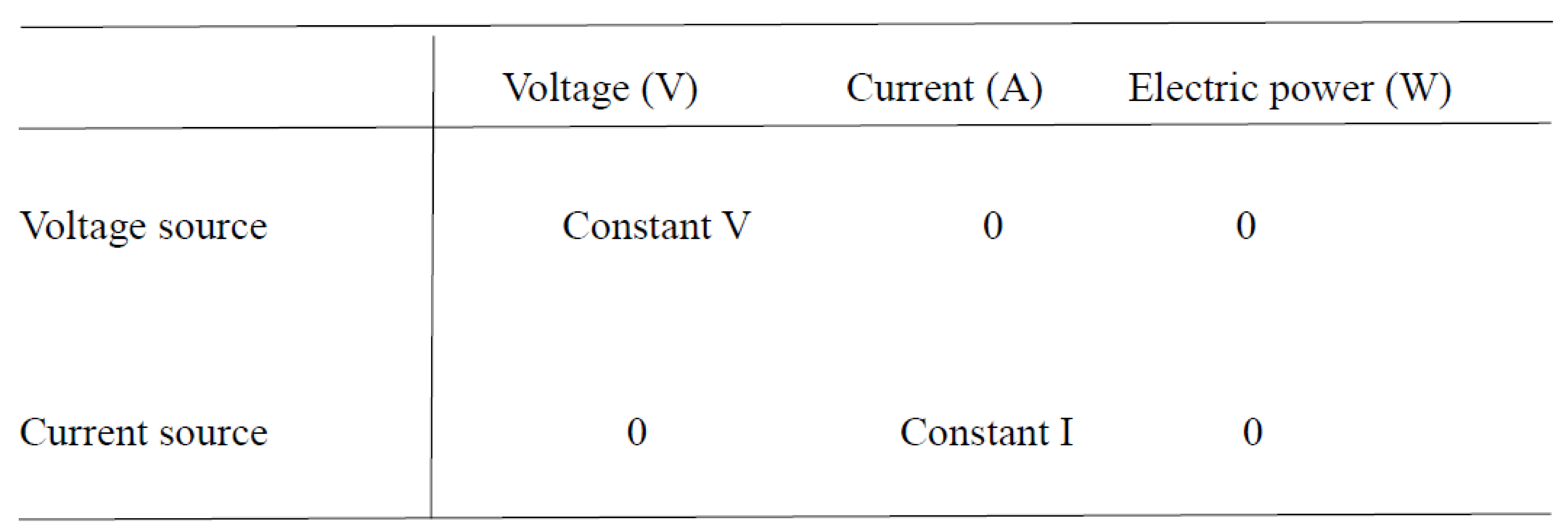 |
3. Theory
3.1. Spatial Electron Concentration at Transient State
3.2. Transient State Attractive Potential and Coiled New Electric Field
3.3. Combination of Two Electrons and Critical Current Density
3.4. Macroscopic Wave Function and the London Equation
3.5. Shield Current Distribution and the Interpretation of Derived London Equation
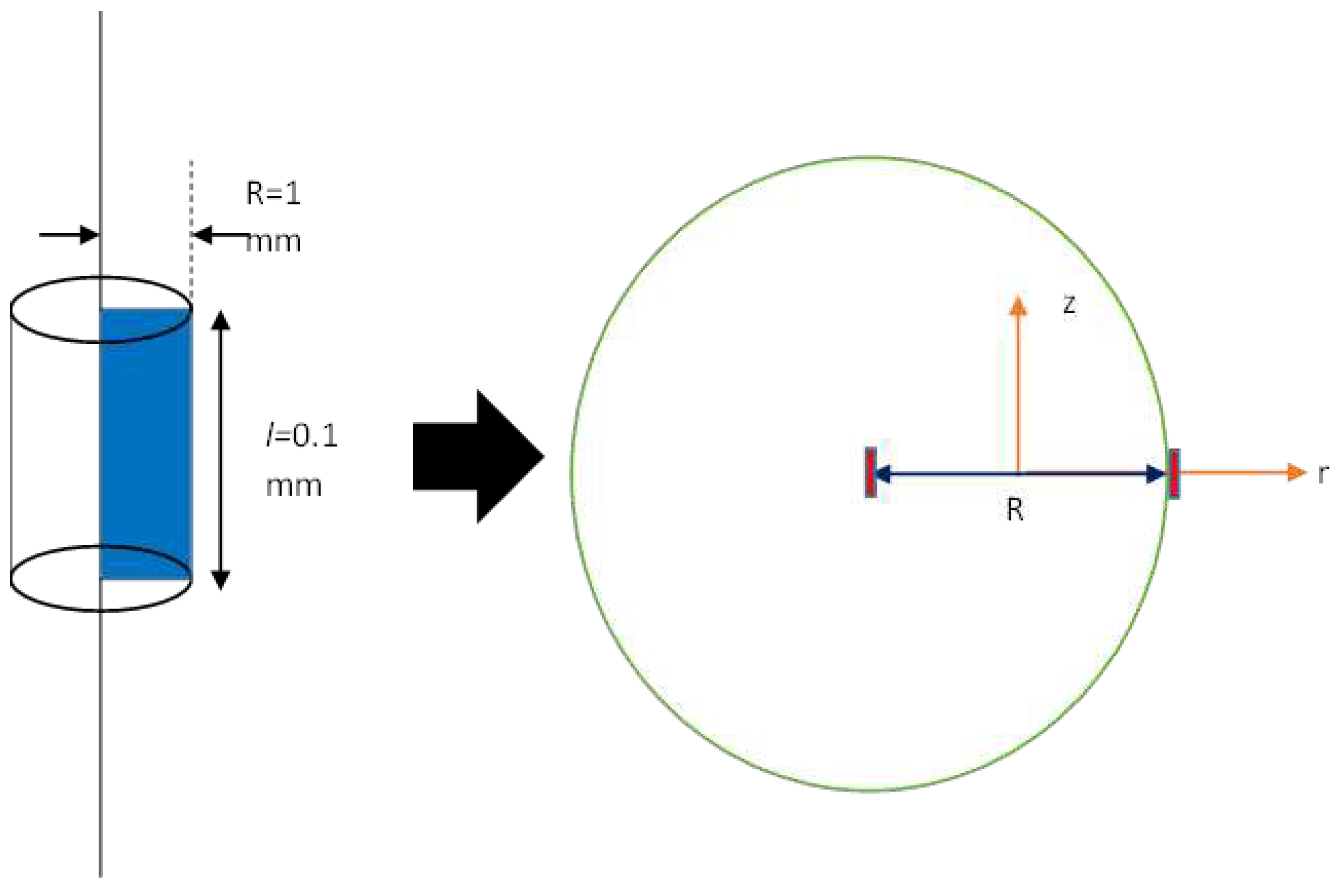
4. Method
4.1. Equivalent Circuit
4.2. Calculation of Inductance L
4.3. Resistance of a Load
5. Results and Discussion
5.1. Circuit Simulations
5.2. Values of Critical Current and Comparison with that in PNS
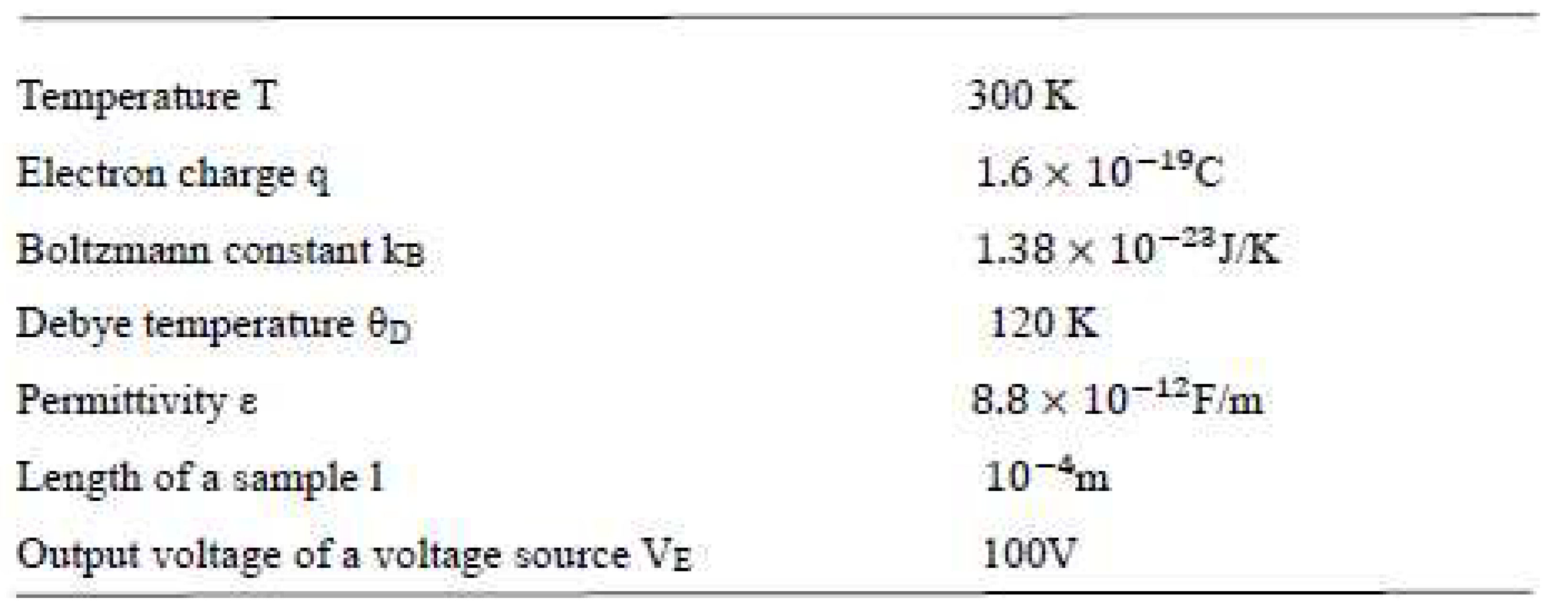 |
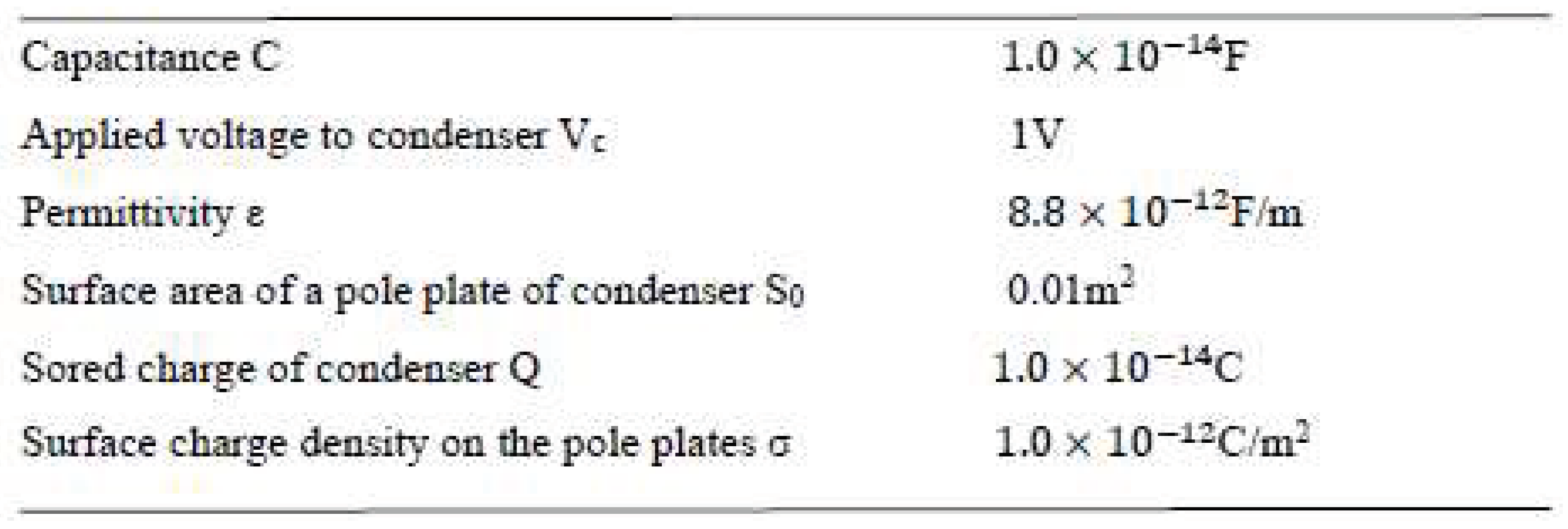 |
5.3. Critical Magnetic Field and Reason Why the Internal Toroid Inductance is so Large
5.4. Summary to Achieve our Superconductivity
5.5. Limit of this Superconductivity
5.6. Summary of Significances of this Study
- 1.
- We need not prepare specific substances or setups.
- 2.
- The critical current density and critical magnetic field are sufficiently high.
- 3.
- It is not necessary to secure extremely low temperatures and high pressures.
5.7. Important Considerations when Implementing a Superconductor using this System
6. Conclusions
Acknowledgements
- We thank Enago (www.enago.jp) for English language review.
- We sincerely appreciate for Preprints.org in MDPI to release the preprint version of this paper as follows:
- (doi: 10.20944/preprints201911.0033.v1) and (10.20944/preprints201911.0033.v2)
Additional Information
Appendix
Introduction
Method
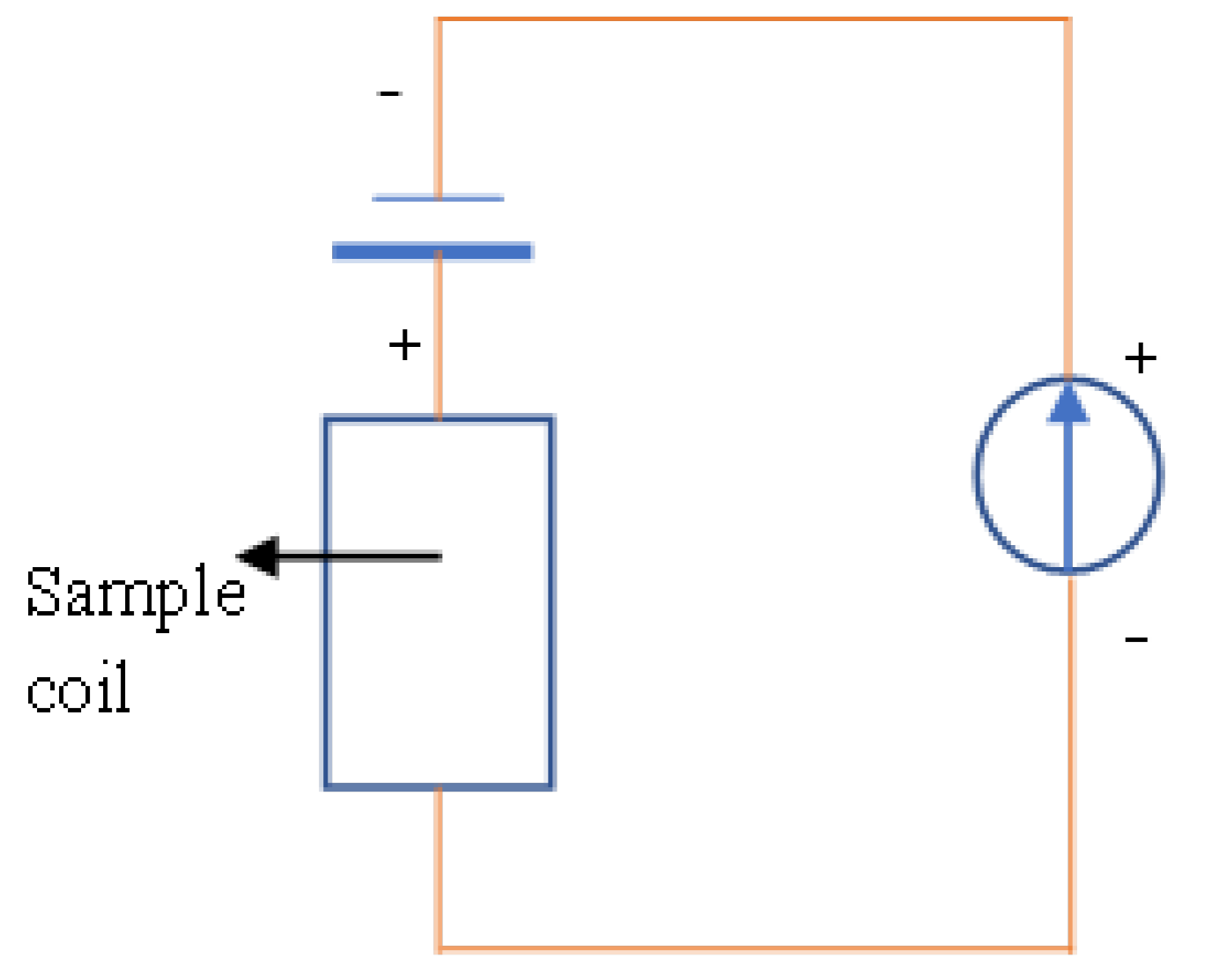
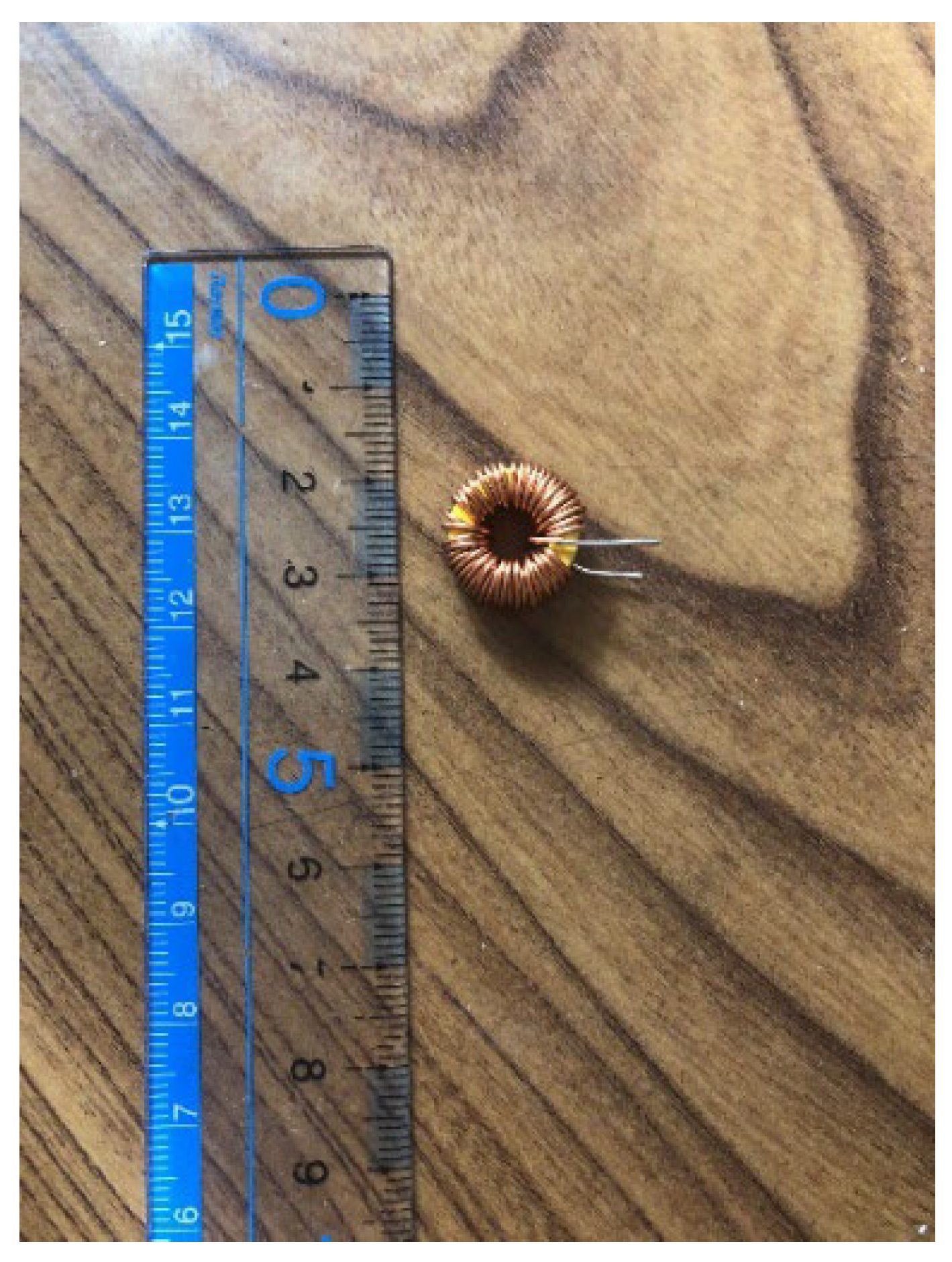
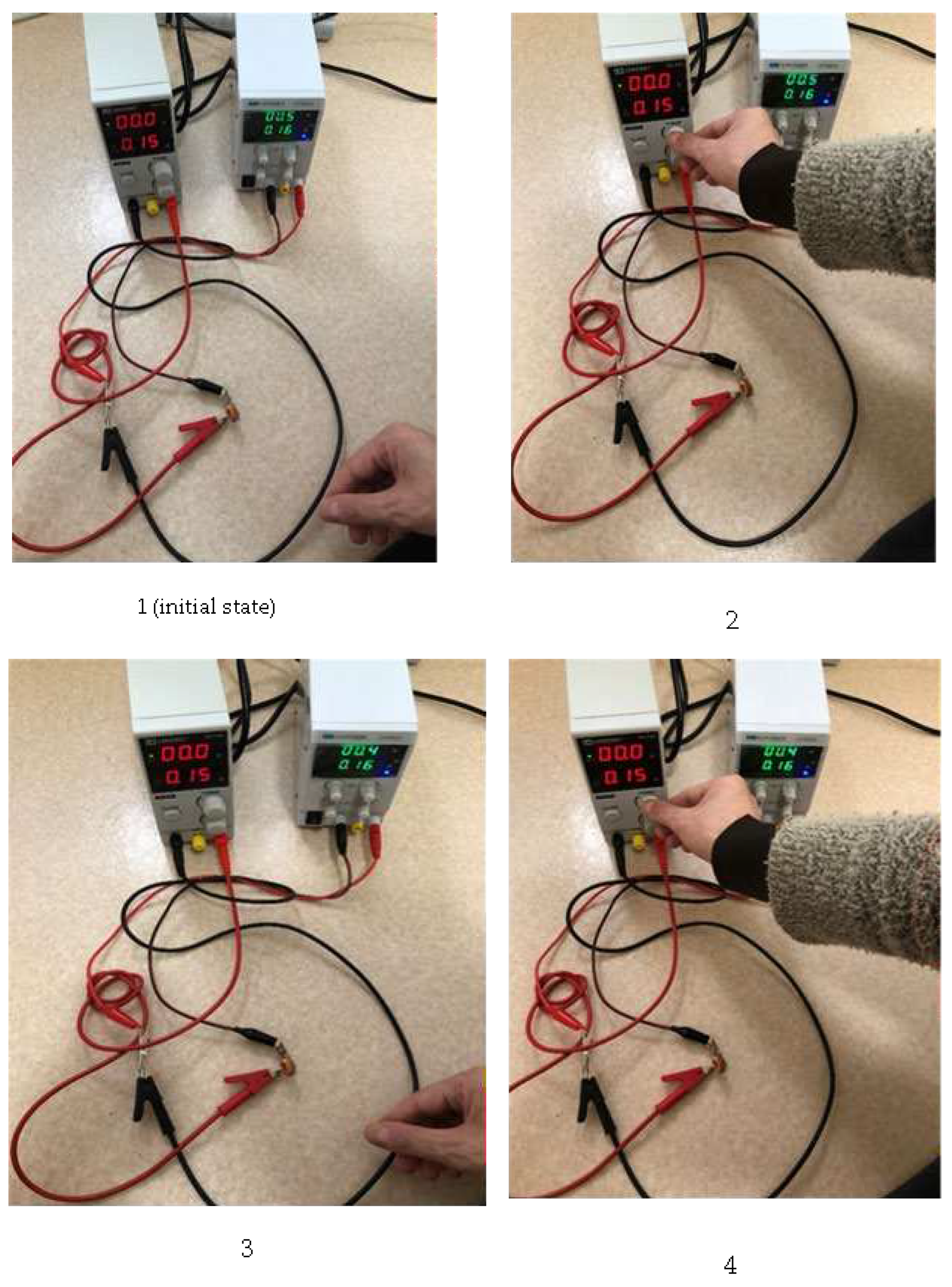
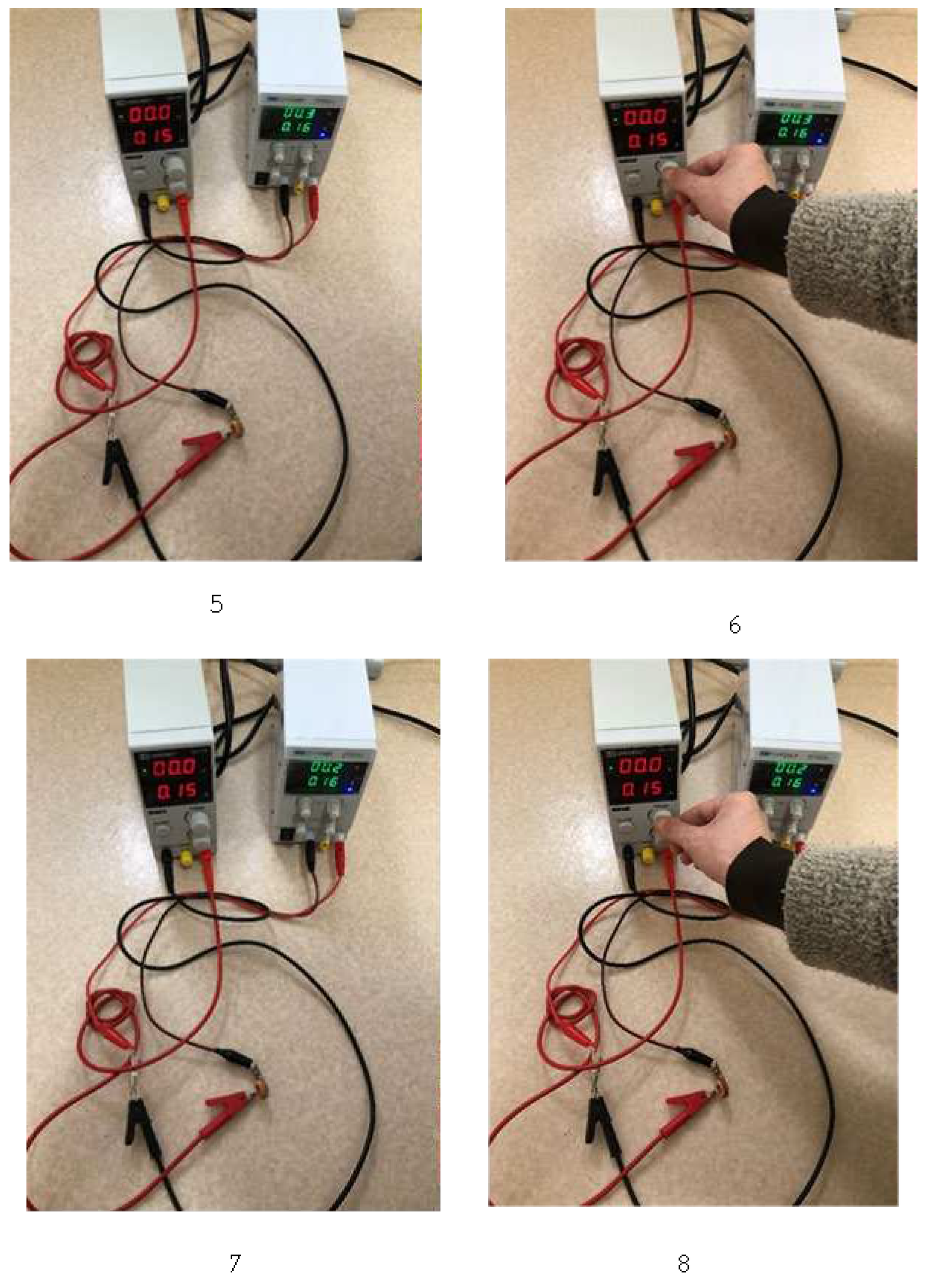
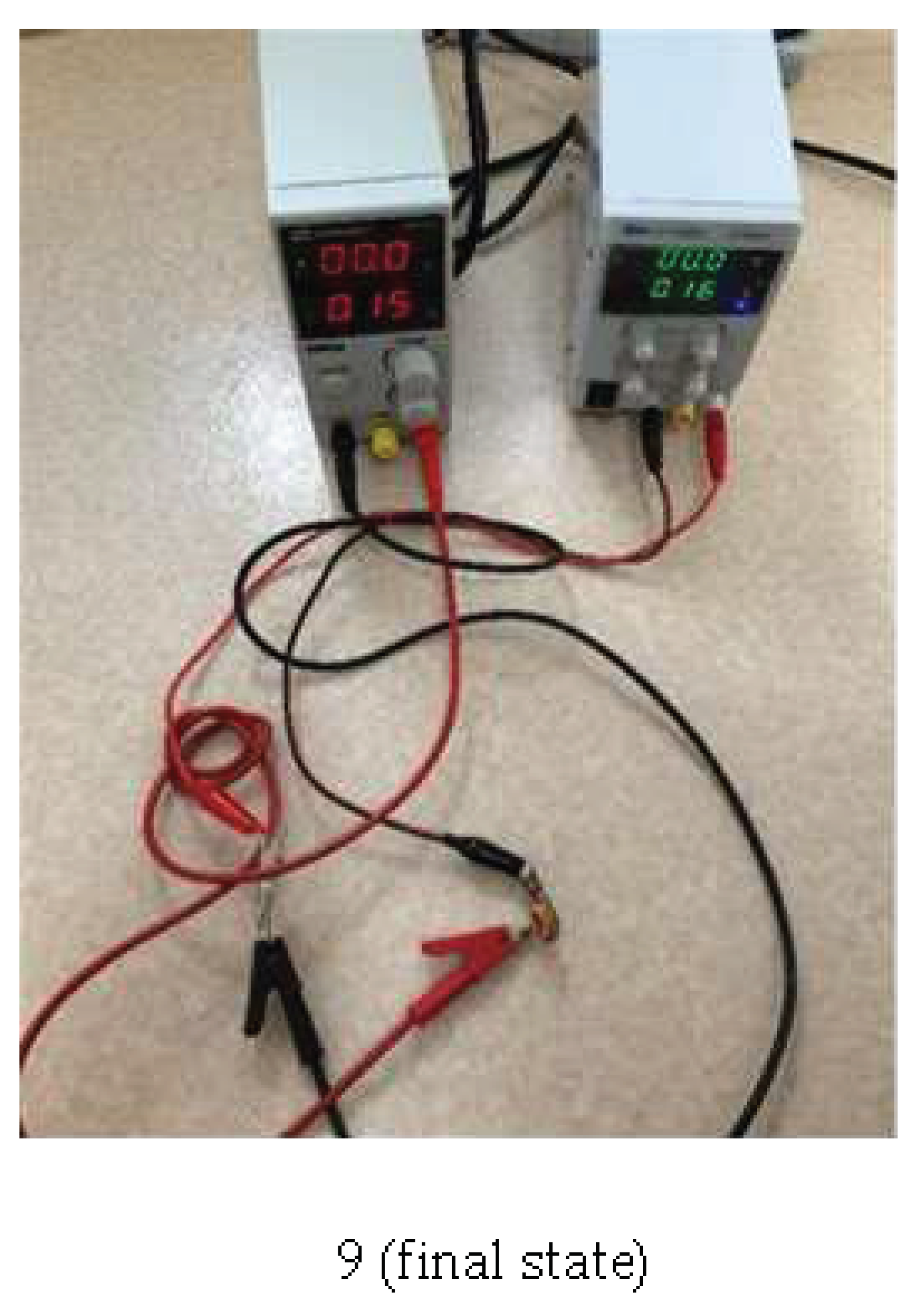
| Inductance | 100 μH |
| Resistance | 0.036 Ω |
Results and Discussion
| Sample A | Sample B | Sample C | |
| V [V] | 0.0 | 0.0 | 0.0 |
| I [A] | 0.3 | 0.48 | 0.56 |
| Sample A | Sample B | Sample C | |
| Electric resistance [Ω] | Less than 3.2 × 10−4 |
Less than 3.9 × 10−4 |
Less than 1.6 × 10−4 |
| Sample A | Sample B | Sample C | |
| I[A]/V[V] | 0.4/0.0 | 0.39/0.0 | 0.48/0.0 |
| V0 [mV] | -1.5 | 8.9 | -12.0 |
- This appendix could indicate a knack to conduct the experiments. By following this, we can obtain higher probability to reproduce experiments with little time.
- Because we now can produce a zero-resistance superconductor, without refrigeration, without pressures, and with high currents, it can be applied to various electrical products to enhance their performances. In particular, the energy from solar cells in Sahara Desert can be transmitted to every country, which implies that the primitive energy problem might be solved.
- Because any substance with a small input-impedance can be accepted and if a metal is employed as a load, the manufacturing costs become significantly low.
Conclusions
References
- Ishiguri, S. Potential of new superconductivity produced by electrostatic field and diffusion current in semiconductor. J. Supercond. Nov. Magn. 2011, 24, 455. [Google Scholar] [CrossRef]
- Ishiguri, S. Observation of New Superconductivity and Performance Improvement by Employing Cyclotron of Electron Pairs. Int. J. of Mod. Phys. B 2013, 27, 1350045. [Google Scholar] [CrossRef]
- Ishiguri, S. New Superconductivity and Theoretical Study on a New Phenomenon of Energy Source with Assistance of Initial Experiments. Preprints 2019, 2018, 2018110636. [Google Scholar]
- Bardeen, J.; Cooper, L.; Schrieffer, J.R. Theory of Superconductivity. Phys. Rev. 1957, 108, 1175. [Google Scholar] [CrossRef]
- Nagamatsu, J.; Nakagawa, N.; Muranaka, T.; Zenitani, Y.; Akimitsu, J. Superconductivity at 39 K in magnesium diboride. Nature 2001, 410, 63. [Google Scholar] [CrossRef]
- Souma, S.; Machida, Y.; Sato, T.; Takahashi, T.; Matsui, H.; Wang, S.C.; Ding, H.; Kaminski, A.; Campuzano, J.C.; Sasaki, S.; Kadowaki, K. The origin of multiple superconducting gaps in MgB2. Nature 2003, 423, 65. [Google Scholar] [CrossRef]
- Sushko, P.V.; Shluger, A.L.; Hayashi, K.; Hirano, M.; Hosono, H. Electron localization and a confined electron gas in nanoporous inorganic electrides. Phys. Rev. Lett. 2003, 91, 126401. [Google Scholar] [CrossRef]
- Hayashi, K.; Hirano, M.; Matsuishi, S.; Hosono, H. Microporous Crystal 12CaO⊙ 7Al2O3 Encaging Abundant O-Radicals. J. Am. Chem. Soc. 2002, 124, 738. [Google Scholar] [CrossRef]
- Ishiguri, S. New attractive-force concept for Cooper pairs and theoretical evaluation of critical temperature and critical-current density in high-temperature superconductors. Results Phys. 2013, 3, 74. [Google Scholar] [CrossRef]
- Ogata, M.; Fukuyama, H. Rep. Prog. Phys. 2008, 71, 659. [CrossRef]
- Azuma, M.; Hiroi, Z.; Takano, M.; Ishida, K.; Kitaoka, Y. Observation of a Spin Gap in Sr Cu 2 O 3 Comprising Spin-½ Quasi-1D Two-Leg Ladders. Phys. Rev. Lett 1994, 73, 3463. [Google Scholar] [CrossRef]
- Zhang, F.C.; Rice, T.M. Effective Hamiltonian for the superconducting Cu oxides. Phys. Rev. B 1988, 37, 3759. [Google Scholar] [CrossRef]
- Aharonov, Y.; Bohm, D. Significance of electromagnetic potentials in the quantum theory. Phys. Rev. 1959, 115, 485. [Google Scholar] [CrossRef]
- Ishiguri, S. Analytical Calculation of Superconducting Transition Temperatures including a Complete Consideration of Many-Body Interactions and Non-equilibrium States. Preprints 2022, 2022, 2022020304. [Google Scholar]
- Wu, H.; Wang, Y.; Xu, Y.; Sivakumar, P.K.; Pasco, C.; Filippozzi, U.; Parkin, S.S.; Zeng, Y.J.; McQueen, T.; Ali, M.N. The field-free Josephson diode in a van der Waals heterostructure. Nature 2022, 604, 653. [Google Scholar] [CrossRef]
- Soloviev, I.I.; et al. Superconducting Circuits without Inductors Based on Bistable Josephson Junctions. Phys. Rev. Appl. 2021, 16, 14052. [Google Scholar] [CrossRef]
- Sarangi, S.; Chockalingam, S.P.; Bhat, S.V. Magnetic field dependence of kinetic inductance in Bi2Sr2Ca2Cu3O10 superconducting strip and its feasible applications. arXiv 2005, arXiv:cond-mat/0511705. [Google Scholar]
- Bednorz, J.G.; Müller, K.A. Possible high T c superconductivity in the Ba− La− Cu− O system. Zeitschrift für Physik B 1986, 64, 189–193. [Google Scholar] [CrossRef]
- Kamihara, Y.; Hiramatsu, H.; Hirano, M.; Kawamura, R.; Yanagi, H.; Kamiya, T.; Hosono, H. Iron-based layered superconductor: LaOFeP. J. Am. Chem. Soc. 2006, 128, 10012–10013. [Google Scholar] [CrossRef]
- Nagamatsu, J.; Nakagawa, N.; Muranaka, T.; Zenitani, Y.; Akimitsu, J. Superconductivity at 39 K in magnesium diboride. Nature 2001, 410, 63. [Google Scholar] [CrossRef] [PubMed]
- Somayazulu, M.; Ahart, M.; Mishra, A.K.; Geballe, Z.M.; Baldini, M.; Meng, Y.; Struzhkin, V.V.; Hemley, R.J. Evidence for superconductivity above 260 K in lanthanum superhydride at megabar pressures. Phys. Rev. Lett. 2019, 122, 027001. [Google Scholar] [CrossRef] [PubMed]
- Ishiguri, S. Potential of new superconductivity produced by electrostatic field and diffusion current in semiconductor. J. Supercond. Nov. Magn. 2011, 24, 455. [Google Scholar] [CrossRef]
- Ishiguri, S. Observation of New Superconductivity and Performance Improvement by Employing Cyclotron of Electron Pairs. Int. J. of Mod. Phys. B 2013, 27, 1350045. [Google Scholar] [CrossRef]
- Ishiguri, S. New Superconductivity and Theoretical Study on a New Phenomenon of Energy Source with Assistance of Initial Experiments. Preprints 2019, 2018, 2018110636. [Google Scholar]
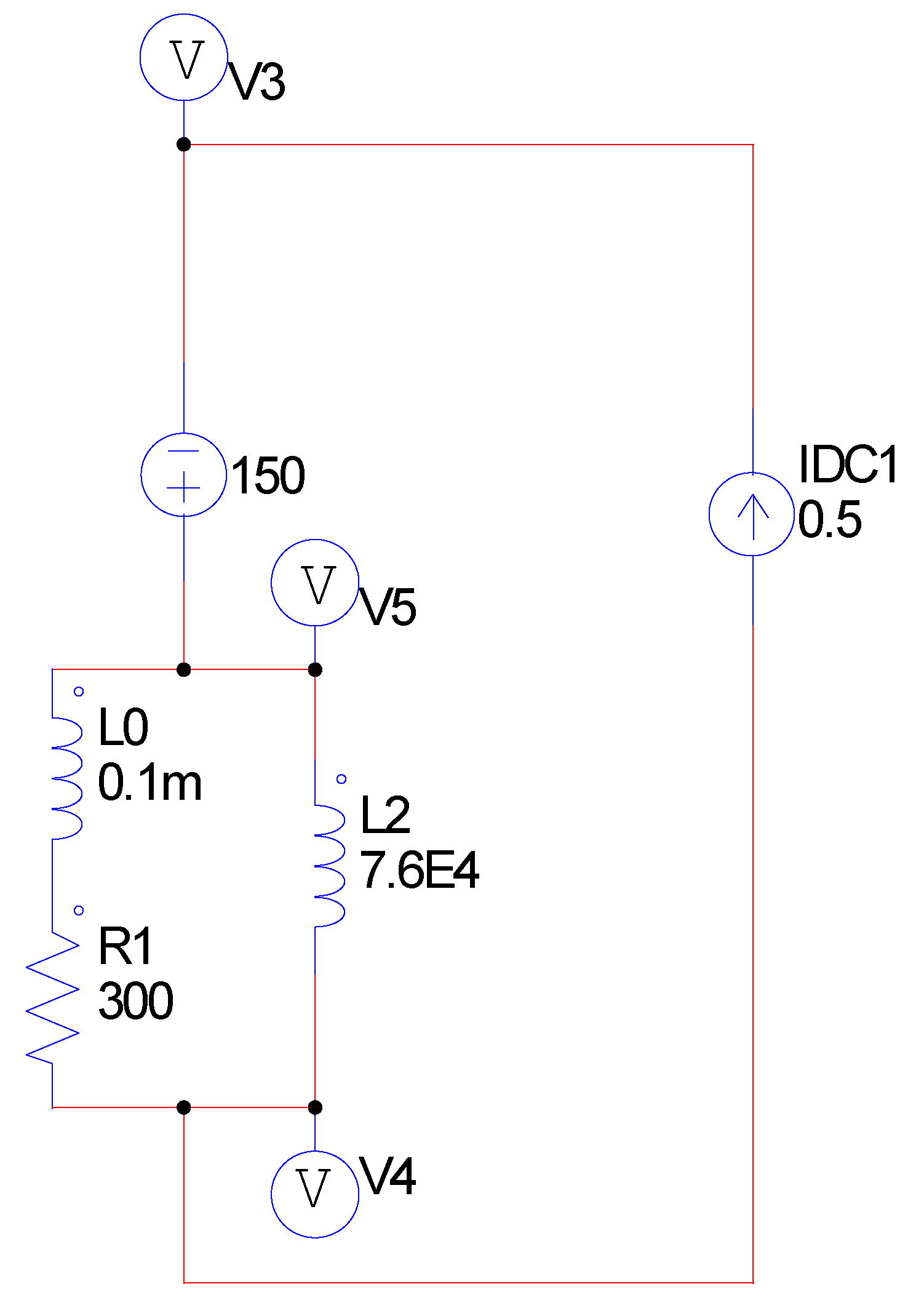
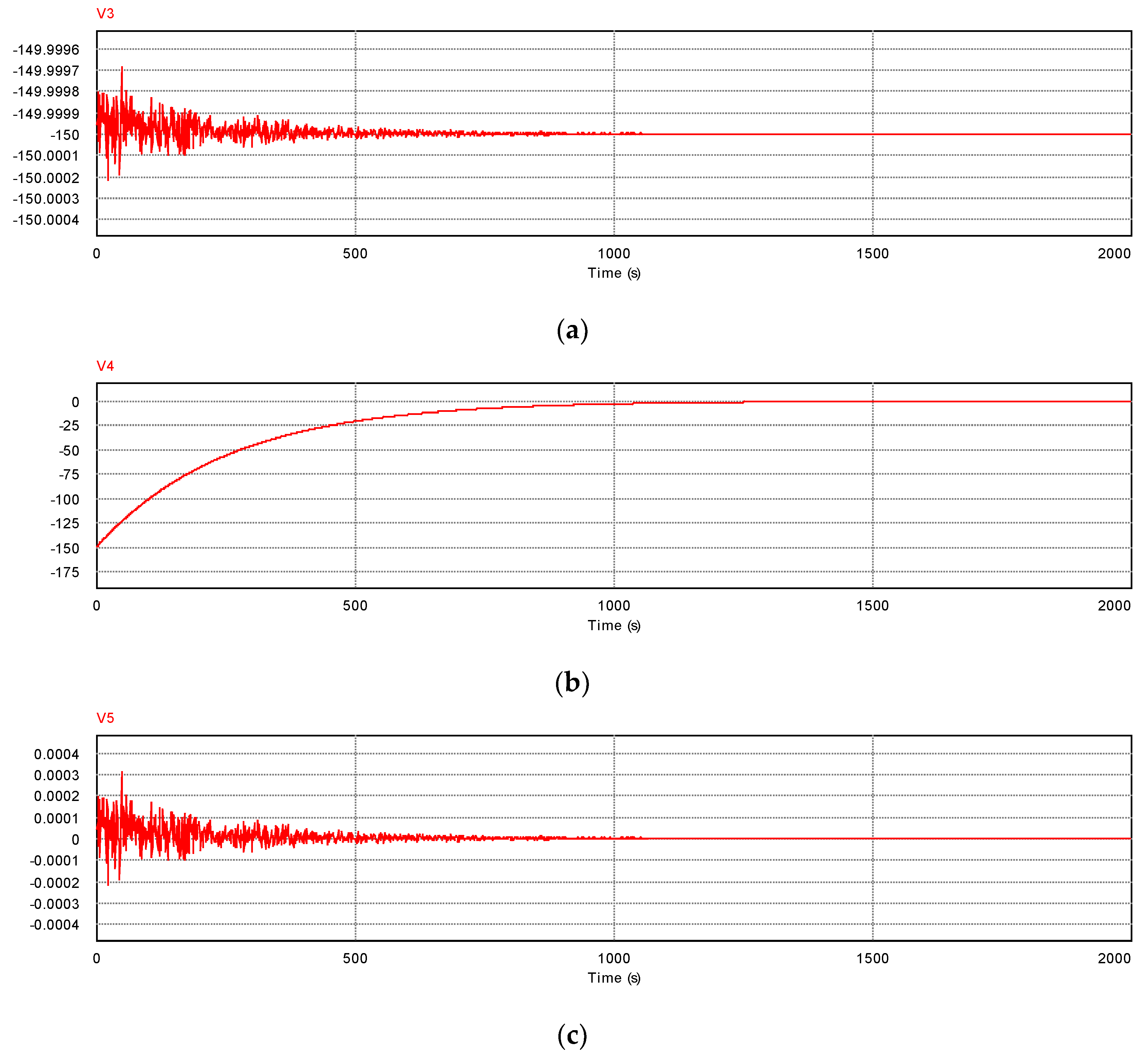
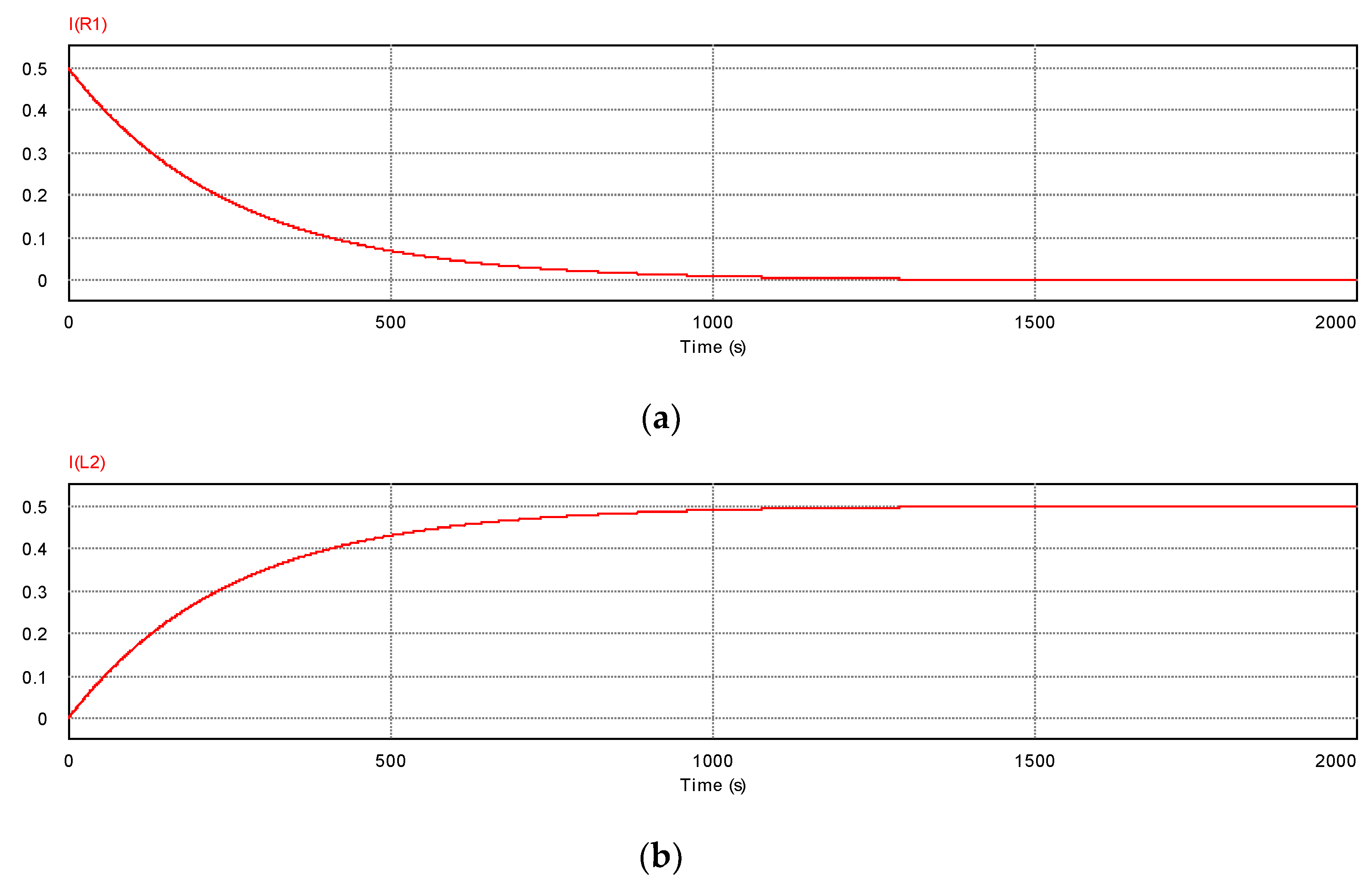

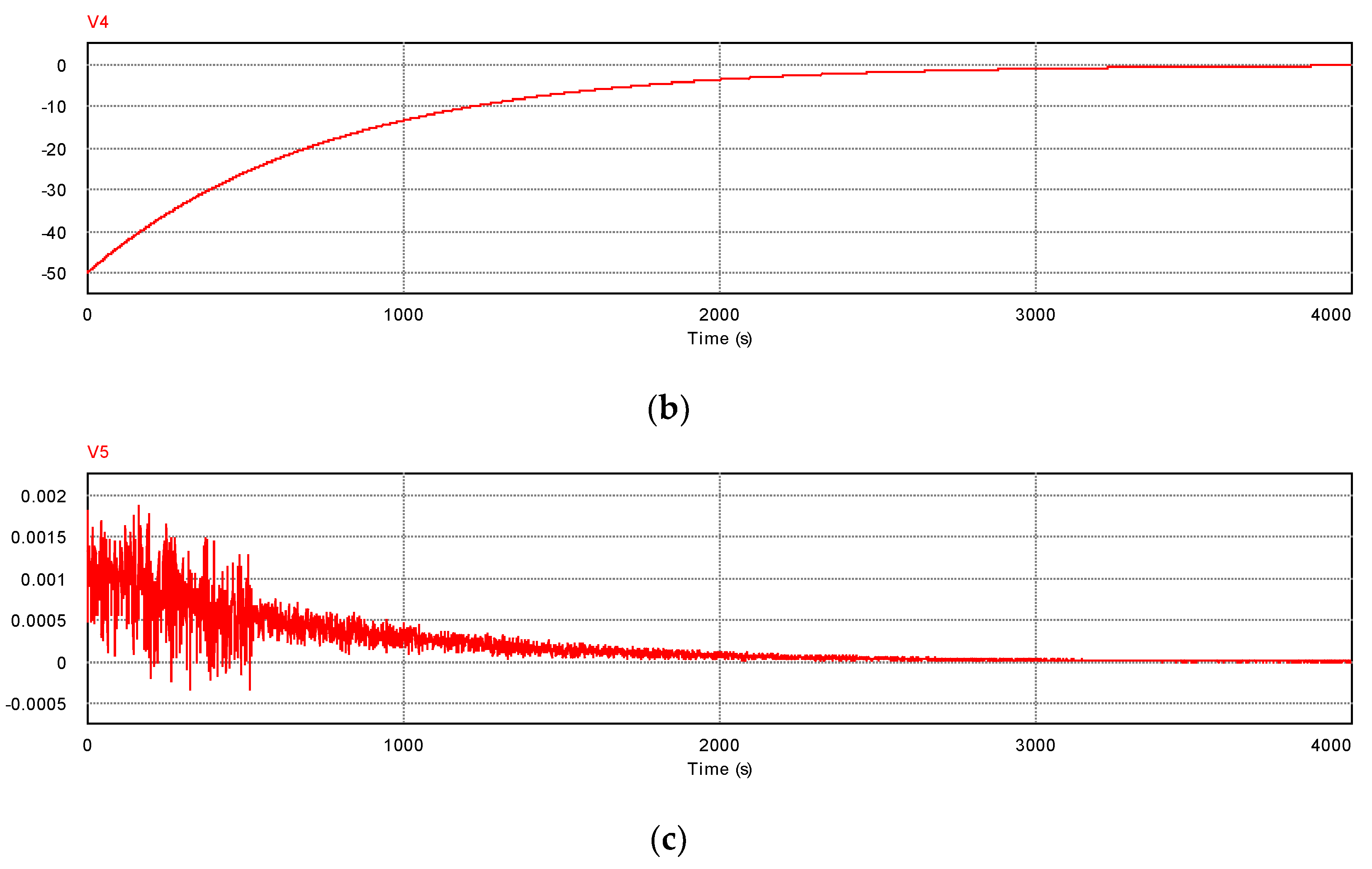
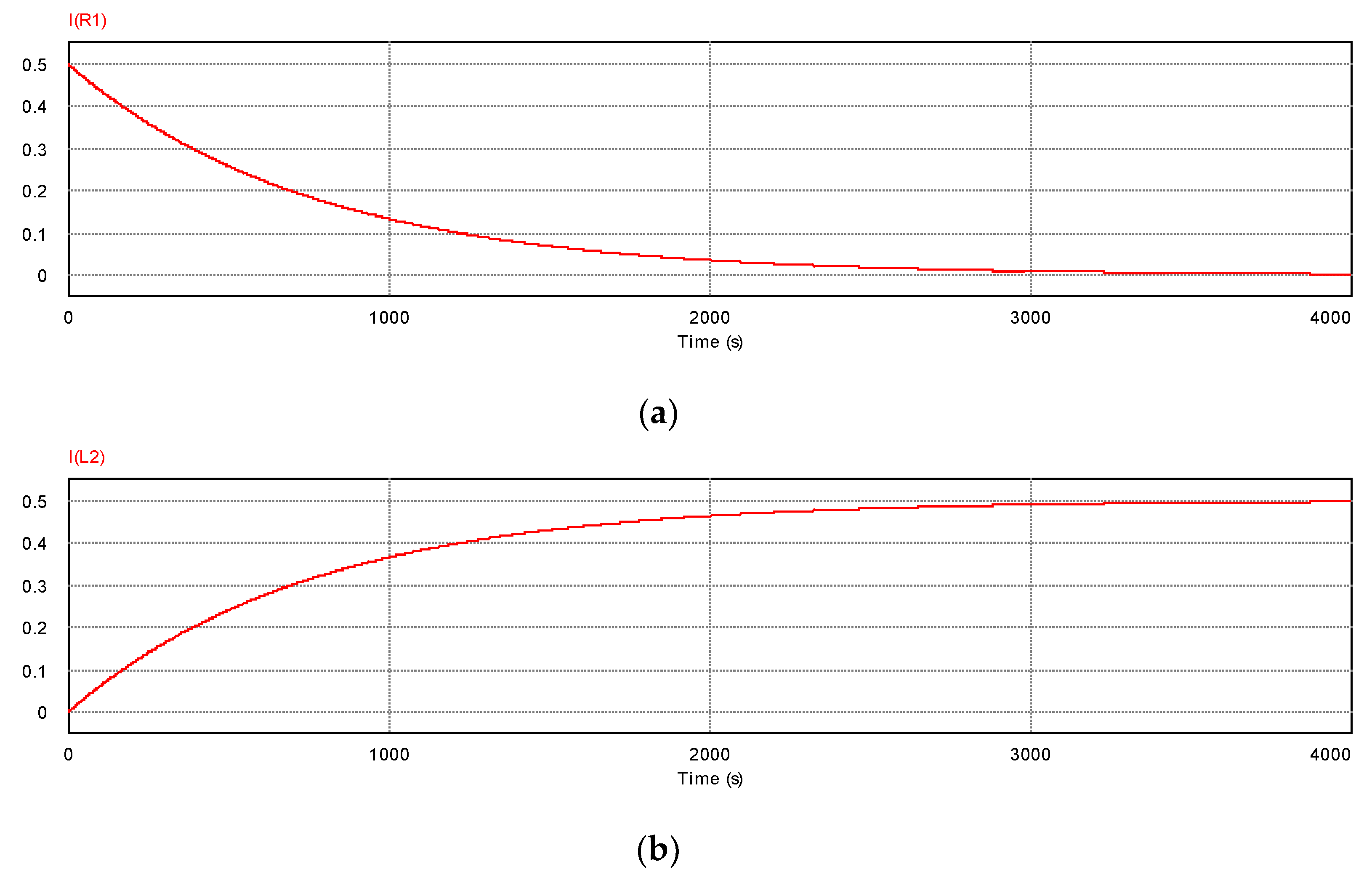
Disclaimer/Publisher’s Note: The statements, opinions and data contained in all publications are solely those of the individual author(s) and contributor(s) and not of MDPI and/or the editor(s). MDPI and/or the editor(s) disclaim responsibility for any injury to people or property resulting from any ideas, methods, instructions or products referred to in the content. |
© 2023 by the authors. Licensee MDPI, Basel, Switzerland. This article is an open access article distributed under the terms and conditions of the Creative Commons Attribution (CC BY) license (http://creativecommons.org/licenses/by/4.0/).




